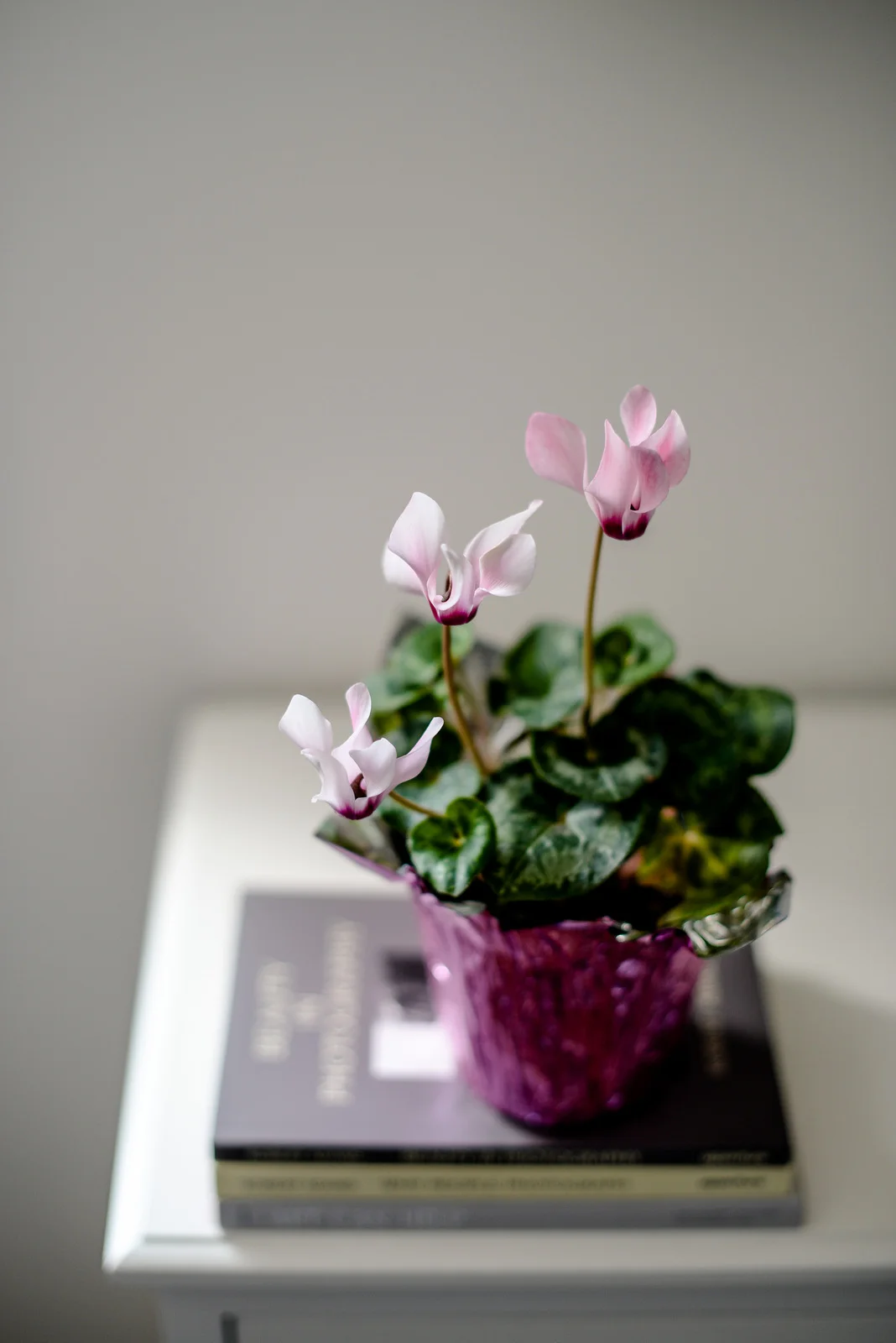Beauty in Photography
“The job of the photographer, in my view, is not to catalogue indisputable fact but to try to be coherent about intuition and hope, ” says Robert Adams in his essay “Beauty in Photography.”
A number of weeks ago I wrote about the Robert Adams book, Art Can Help, and immediately wanted to read his earlier work. I picked up Beauty in Photography and Why People Photograph which both contain short essays.
The urge to create, to photograph, paint, write, make pottery, all of these things have to do with the urge to bring intuition and hope into an understandable or relatable realm. Adams raises more questions than he gives answers to in his writings, and I think this is how things ought to be in the discussion of art and beauty. I enjoy reading his thoughts and his ability to bring in the thoughts of others. He references William Carlos Williams, who “said that poets write for a single reason – to give splendour (a word also used by Thomas Aquinas in defining the beautiful). It is a useful word for a photographer because it implies light – light of overwhelming intensity.”
Adams raises the questions, “Is art a sufficient consolation for life? Can Beauty make suffering tolerable?” His answer, while not an all-out endorsement for art, is real, and tangible. He says: “The fact is, I think that they are only partly sufficient. If we are not too burdened by disappointment or loneliness or pain, there are certainly times when art can help; there are moments when great pictures can heal. Views by Masaccio and Rembrandt and Cezanne and Stieglitz, among others, have all been important to me in this way.”
He goes on to say:
“Sometimes it has been enough to search out a cafe blessed with a jukebox, rattling dishes, and human voices. Family and friends are better though. What a relief there is in an anecdote, a jumping dog, or the brush of a hand. All of these things are disorderly, but no plan for survival stands a chance without them.”
Our every day life is what will save us, perhaps, in the end. The beauty of that, whether it's captured in a photograph, or in a poem, or paragraph.
I could quote from every essay in each of these books, but in Why People Photograph, the opening essay, called “Colleagues” is one that spoke to me. I'm often thinking about how writing and photographing is less in the end about what we produce, than how the process changes us. How we see and experience the world differently because of it, and how we are enriched and enlivened by the making itself.
The essay begins with the line, “Your own photography is never enough.”Adams goes on to talk about and relate anecdotes of various friendships he has had with other photographers and how their photos changed his, changed him. I particularly loved the anecdote he relates about a group of photographers who meet for an informal lunch in a gallery space. They all sit on the floor in a patch of light, and share French bread and wine. When one of the photographers has to leave to catch a plane and stands up, “there was visible a humorously untidy ring of bread crumbs where he'd been. He had, as he did when he photographed, turned to everyone, taking pleasure in their company and in the good food. It makes me smile to think of him there in that halo made from the stuff of life.”
Isn't this just the perfect answer to the question, why do people make art?







